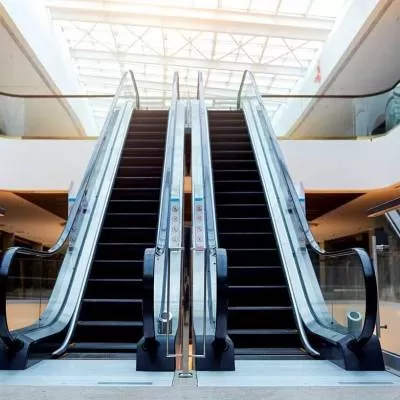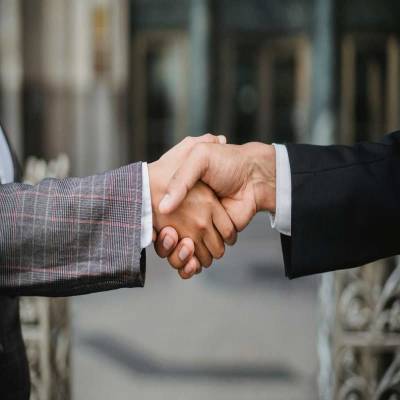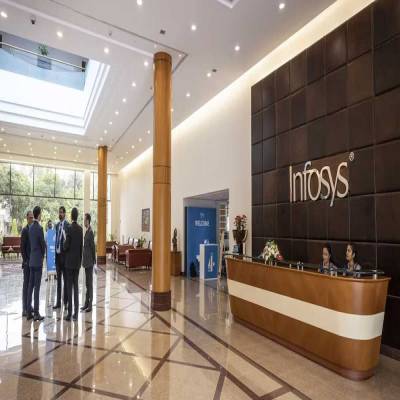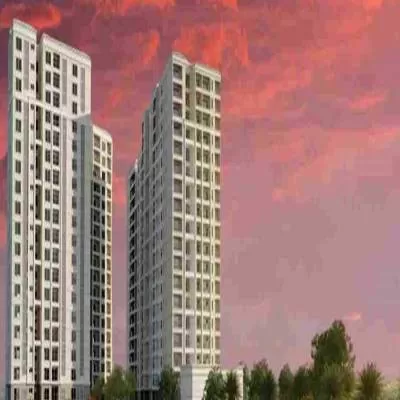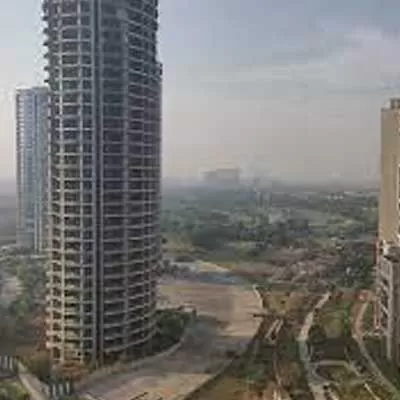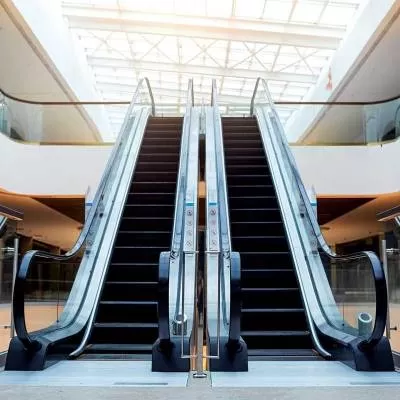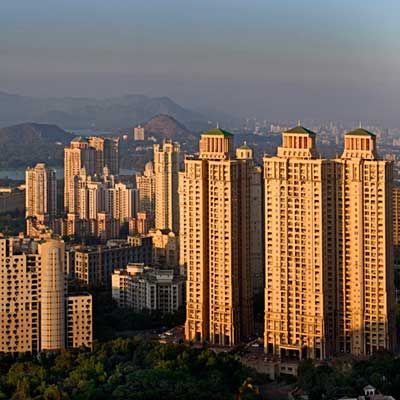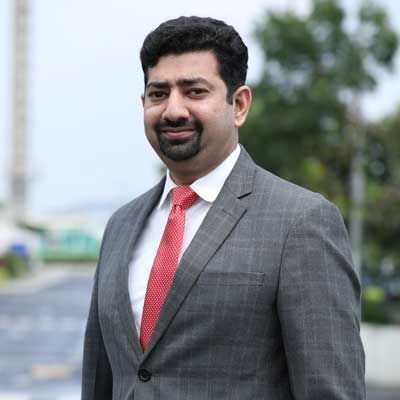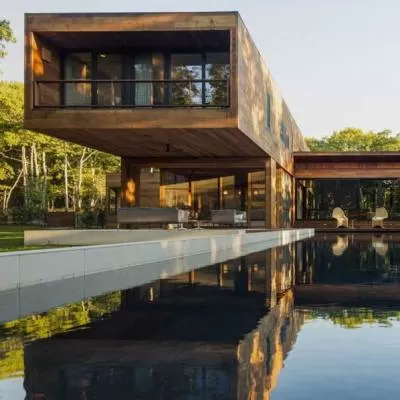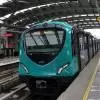- Home
- Real Estate
- The elevator and escalator industry will grow at 10-12 per cent

The elevator and escalator industry will grow at 10-12 per cent
<span style="font-weight: bold;">- Uday Kulkarni, President-India & South Asia, Schindler<br /> <br /> </span> <span style="font-weight: bold;">Did you know that India stands second in the global elevators and escalators market? </span><br /> The Indian elevator market stands at around 60,000 units, with about another 3,500 units of escalators. For infrastructure projects, according to published documents of metros and airports, it should be around 6,000 elevators and escalators put together. 'Demand is mainly concentrated in the South and West, followed by the North region,' says Uday Kulkarni, President-India & South Asia, Schindler. 'While 2017-18 still saw single-digit growth, if GST is successful and the government keeps pace with projects, especially infrastructure projects, the market will reach around 10-12 per cent.' Kulkarni shares more with <span style="font-weight: bold;">SERAPHINA D'SOUZA.</span> <p></p> <p> <span style="font-weight: bold;">Tell us about the current trends you are seeing in the market?</span><br /> High-end real-estate projects are asking for the best in quality in terms of gadgets and advanced technology, for instance, calling the elevator in a jiffy through a smartphone. Another trend is for good interiors, good ventilation and air-conditioning. Meanwhile, mass housing and low-cost housing want a cost-effective product. However, essentials such as proper safety devices, landing levelling, proper opening of doors and a good quality product will be there. </p> <p> <span style="font-weight: bold;">How do advancements in elevators ensure safety and low power consumption?</span><br /> There are two aspects to safety: Product and people's safety. Most suppliers in the industry cover the basics, ie, mechanical and electrical safety. But the success or failure of safety depends on how the product is installed and maintained. Several service operators may not maintain elevators well. Since our launch of global product series in 2008, our elevators are compulsorily auto-rescue device-operated. So in case it gets stuck, it comes to the nearest landing and passenger evacuation takes place. </p> <p>As for energy-efficency, the first power-saving device was the variable voltage variable frequency drive (VVVF) for the main machine, after which came in VVVF drives for doors. An elevator is practically operated more than 200-300 times a day and the doors operated three to four times more than the elevator. When these things are moving, the VVVF drives allow less power consumption. Also, we have introduced an elevator grouping system, which calculates how many people are in the elevator and, accordingly, the nearest elevator is allocated to pick the person. </p> <p> <span style="font-weight: bold;">Similarly, in some buildings, the system mentions the elevator closest to the floor you are at... </span><br /> In case of a multifacility building, the elevator works in a group operation. And, we have further advanced this feature with optimal programming of elevators. It is called a destination control system. It optimises people mobility within a building and thus leads to reduction in energy consumption. Our third generation - the PORT transit management system - now interconnects the entire building and provides architects with new possibilities in vertical mobility management and security planning. </p> <p> <span style="font-weight: bold;">How do you view the market growth and its impact on the company's overall growth?</span><br /> With the various government policies in the real-estate sector, I am positive about the elevator and escalator industry growing at 11-12 per cent. Our target is to grow faster than the market. 'Leadership through customer service' is the cornerstone of Schindler India's growth strategy. The company has achieved its objective by understanding customer needs and being responsive to them. We have come from some 2,300 units of elevators per year to practically crossing 10,000 units in the last fiscal. And, with metros coming in, our escalators were about 3,000 units. </p> <p>Schindler has done targeted investments and strategic expansion of our business in India. Our new manufacturing facility at Chakan near Pune is fully functional since 2014. This world-class campus houses the elevator factory, a 71-m-tall elevator test tower, the global R&D centre and the upcoming escalator plant. All this is testimony to Schindler Group's commitment to the Indian Market and our endeavor to be closer to our customers and offer them innovative mobility solutions. </p> <p> For full version, log on to www.ConstructionWorld.in </p>


